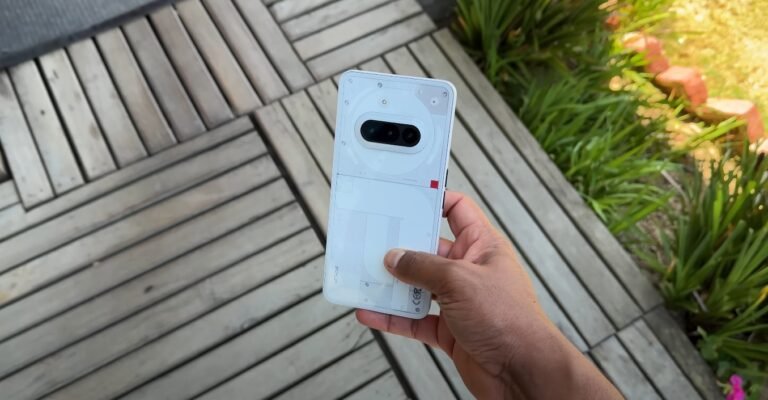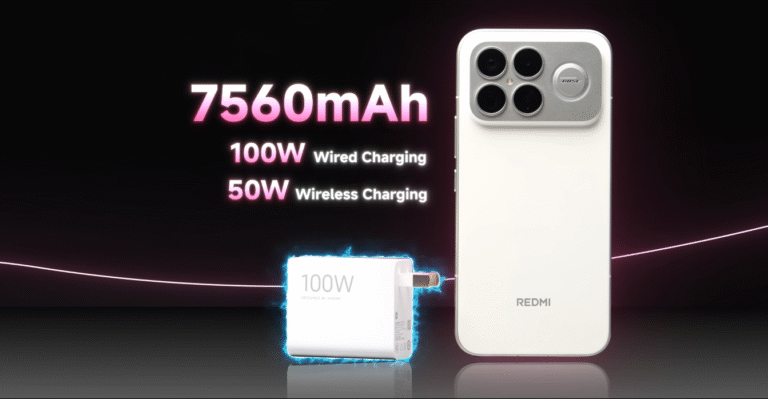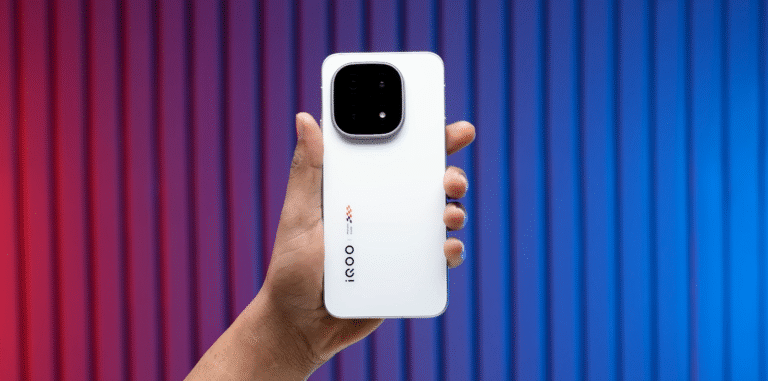Xiaomi 17 Pro Max vs Google Pixel Fold: flagship options compared
Comparing two premium smartphone philosophies
The Xiaomi 17 Pro Max and the Google Pixel Fold represent two different directions in flagship smartphone design. One follows the traditional high-spec slab approach focused on display size, performance, and battery endurance. The other embraces the flexibility of a foldable form factor for expanded screen space and multitasking. Understanding how these differences translate into everyday use can help determine which device better suits your needs.
The Xiaomi 17 Pro Max centres around a large, flat LTPO AMOLED display designed for strong clarity, smooth scrolling, and comfortable media viewing. Its form factor is familiar and consistent, making it straightforward to hold, pocket and use with one or two hands. This design prioritises stability and durability, relying on a continuous structure without moving parts. For users who prefer the reliability of a conventional layout, the Xiaomi aligns with familiar expectations.
The Google Pixel Fold offers a fundamentally different experience. It features an outer display for typical single-handed smartphone interactions, and a larger internal folding display for expanded content space. When opened, it becomes closer to a compact tablet, which enhances tasks such as reading, split-screen multitasking, browsing, or viewing visual content. The foldable design targets users who value flexibility, productivity, or immersive screen use in a mobile device.
Performance on the Xiaomi 17 Pro Max is driven by a high-end Snapdragon platform supported by ample memory and storage configuration options. This ensures smooth performance in demanding gaming, media editing, or multitasking workloads. The Pixel Fold uses Google’s in-house chipset architecture, focusing on efficiency and AI-assisted performance throughout the operating system. While both deliver strong everyday responsiveness, the Xiaomi leans toward raw processing power and extended performance headroom.
Battery life plays a significant role in distinguishing these devices. The Xiaomi 17 Pro Max includes a noticeably large battery cell designed to support extended screen time and high refresh rate operation. This makes it particularly appealing for heavy users who stream, browse, or play mobile games for long periods. The Pixel Fold includes a battery designed to balance both the outer and inner displays, though extended use of the larger screen naturally increases power consumption. Users who prioritise all-day battery endurance may find the Xiaomi more consistent in longer sessions.
The camera systems on the two devices reflect differing priorities. The Xiaomi 17 Pro Max includes a multi-lens arrangement that emphasises versatility and optical zoom performance, making it suitable for capturing architecture, landscapes and distant subjects. The Pixel Fold focuses on computational photography, aiming for reliable, natural-looking image output with minimal effort from the user. Both deliver strong results, but the Xiaomi appeals to those who enjoy zoom and detail flexibility, while the Pixel Fold suits users who want dependable point-and-shoot outcomes.
Durability considerations differ due to the foldable mechanism. The Xiaomi 17 Pro Max benefits from a continuous rigid frame, which typically provides better resistance to drops and daily wear. The Pixel Fold’s hinge and flexible internal display require more mindful handling and benefits from protective accessories. Foldables continue to improve in robustness, but their internal displays still require more care than traditional flat glass panels.
Software experience also influences daily satisfaction. The Xiaomi interface provides customisation options and various performance modes, allowing users to adjust behaviour to their preferences. The Pixel Fold leverages Google’s software ecosystem, offering a clean interface with thoughtful optimisation for foldable layouts. Apps that support dual-pane views or expanded layouts take advantage of the larger screen, improving productivity and multitasking.
Portability plays a role depending on usage habits. The Xiaomi 17 Pro Max, despite being large, maintains a single-piece shape that fits predictably in pockets and cases. The Pixel Fold is more compact when folded but thicker overall, which may feel different in hand or when carried. Users who frequently interact with their phone using one hand may find the outer display of the Pixel Fold more comfortable, while those who prefer a uniform slab may lean toward Xiaomi.
In conclusion, the Xiaomi 17 Pro Max is the stronger choice for users who want maximum performance, large battery endurance, and the consistency of a traditional flagship design. The Google Pixel Fold is ideal for users who value expanded screen space, multitasking flexibility, and a software experience tailored to productivity. The decision comes down to preference: reliable simplicity with the Xiaomi, or adaptable functionality with the foldable design of the Pixel Fold.




